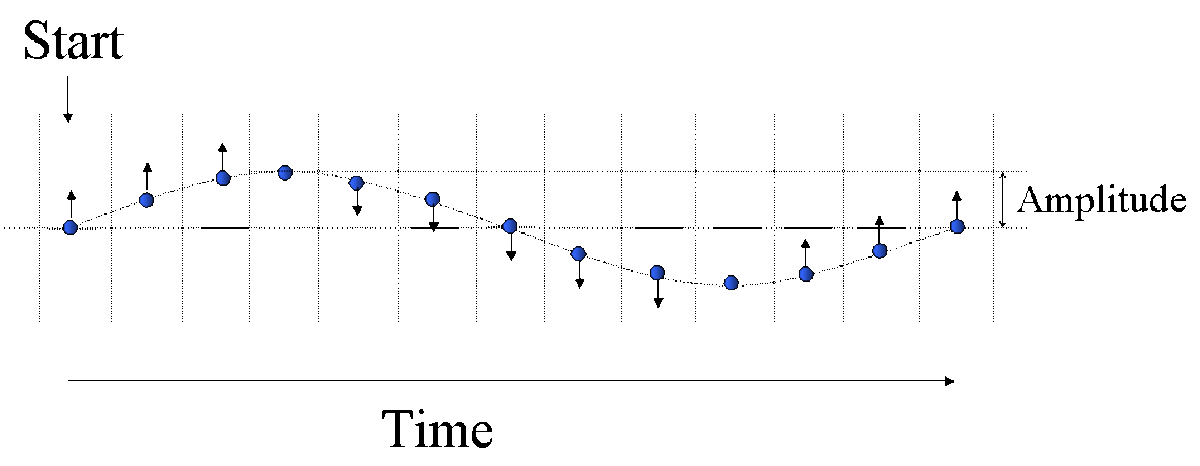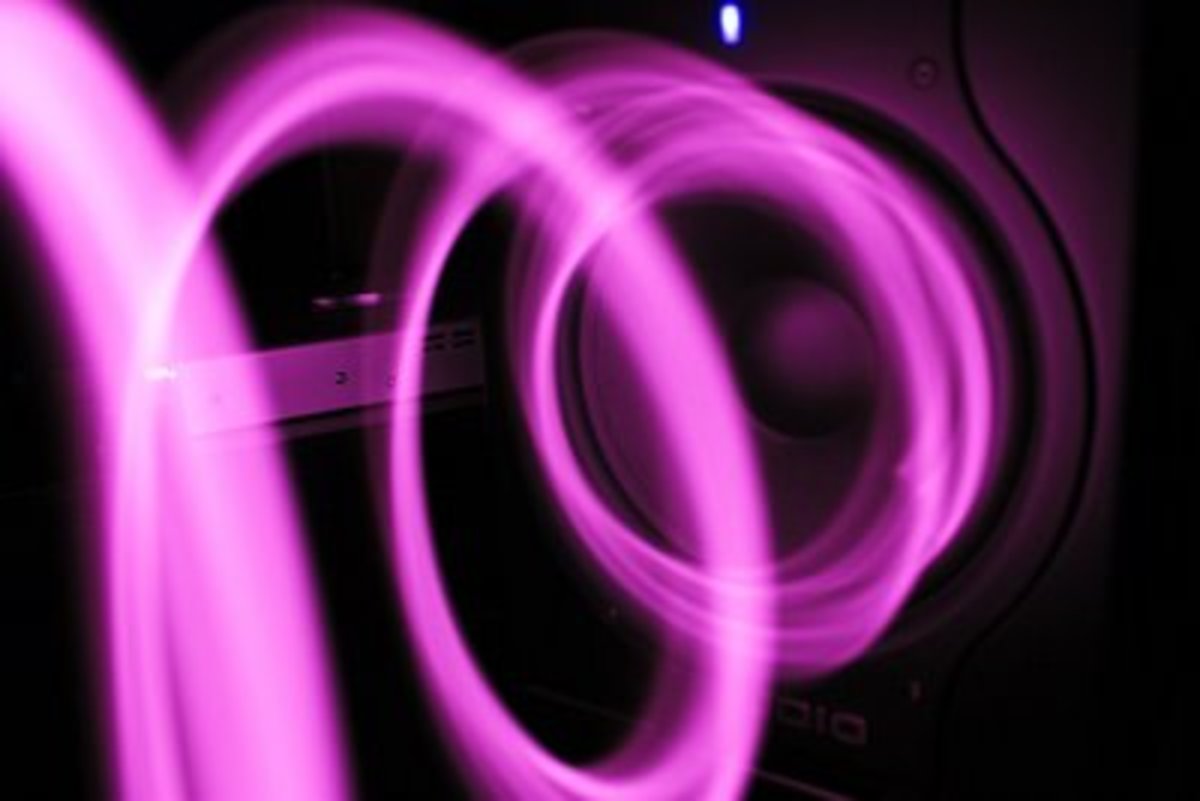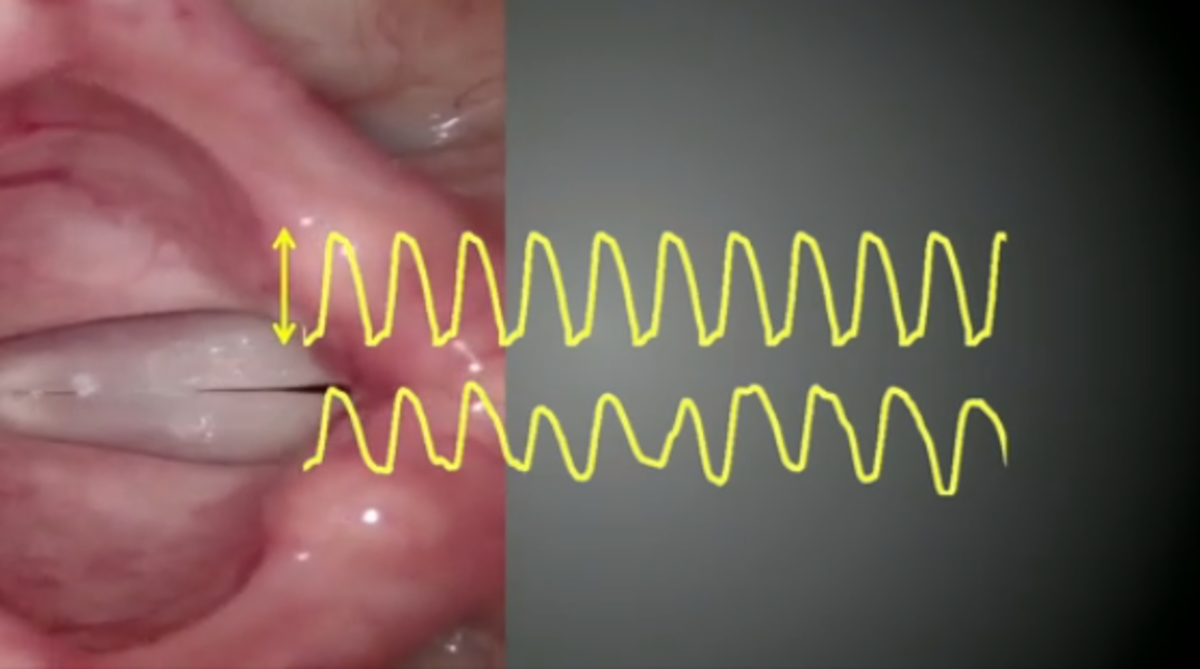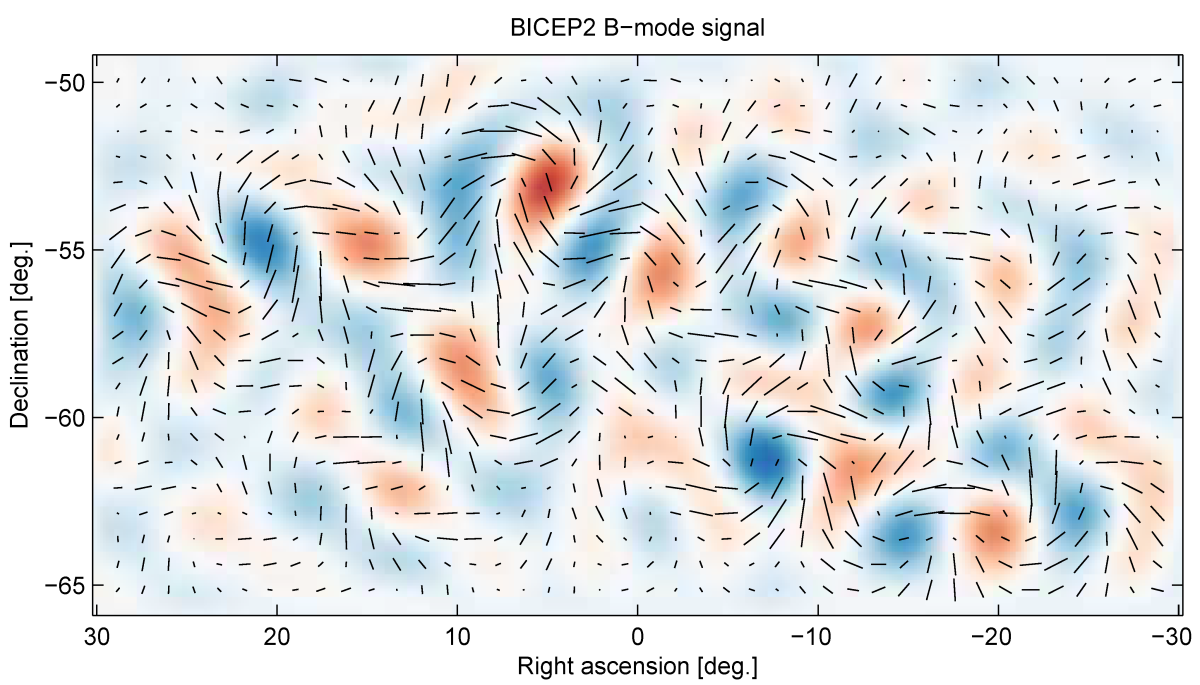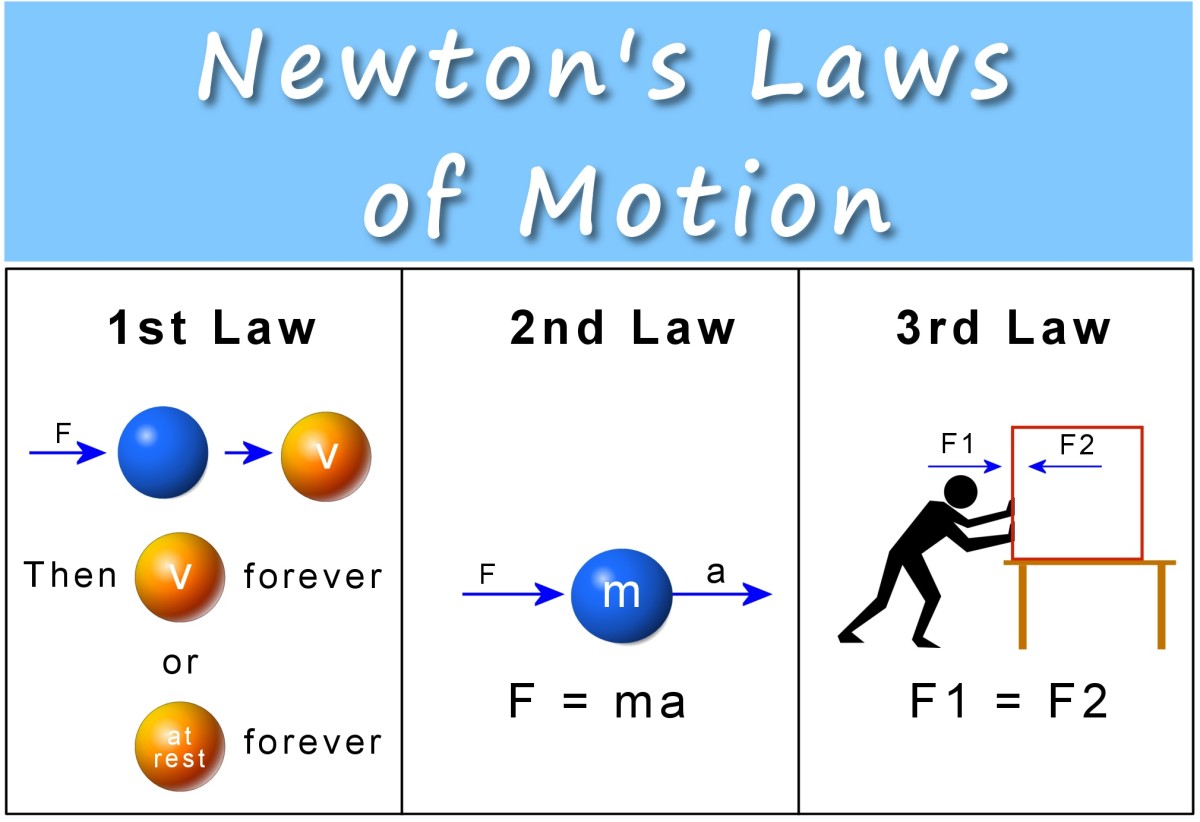Diffraction of Sound
Diffraction of Sound
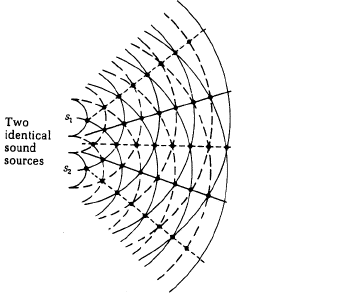
Diffraction means the bending of waves around the corners. It is a matter of common experience that if some orchestra is being played at the back of a building it can be heard in front of the building but can not be seen. This is because of the fact that sound waves bend round the corners of the building and reach to our ears. In the similar way the sound of the common talks in a room, reaches to our ears through doors and windows by the phenomenon of diffraction. The bending of sound waves from holes, corners or obstacles is known as diffraction of sound.
The wavelength of the sound waves audible to us is less than a meter and in general the size of the obstacles is also less than a meter. For the diffraction of sound the size of the obstacles should be almost equal to the wavelength of sound.
As compared to the ordinary sound, the wavelength of the ultrasonic waves is much less, i.e., less than a centimeter and the size of the obstacles is quite big. That is why diffraction of ultrasonic waves is not easily observable.
As light is also a wave, it has the capability to bend around the corners. This is called as diffraction of light. Diffraction of light helps us to measure the diameter of very minute whole and extremely thin wires. When there is a need to separate light of different wavelengths with high resolution, then a diffraction grating is most after the best choice.
This super prism aspect of the diffraction grating helps in measuring the atomic spectra in both telescopes and laboratory instruments. A prism can also be used for the above purpose.

